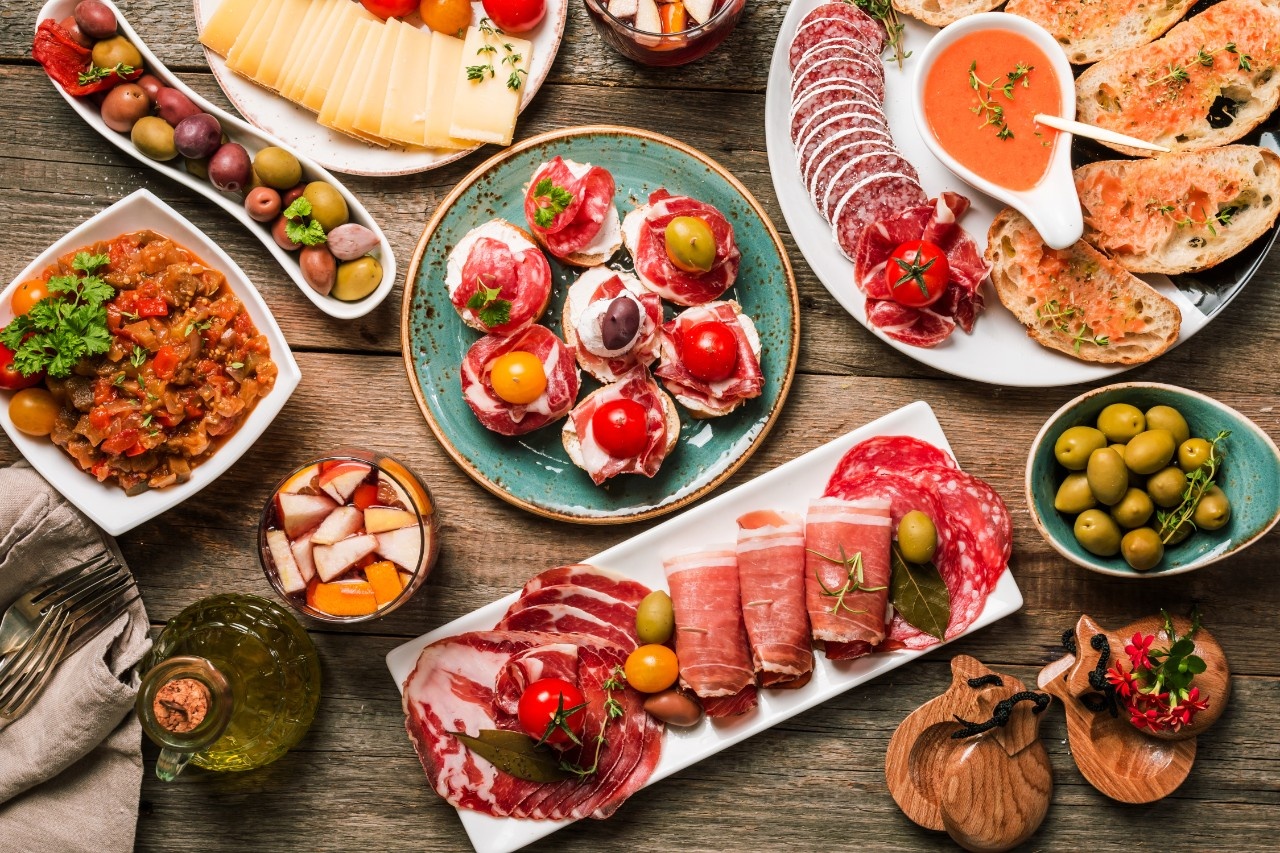Home Food Gardening during COVID‑19
New report shows almost one in five Canadians started to garden this year, and two-thirds of them were significantly influenced by COVID-19.
HALIFAX, NS. (October 7, 2020) – The Agri-Food Analytics Lab at В鶹ґ«ГЅ, in partnership with Angus Reid, is releasing a study on home gardening, days before Thanksgiving weekend. The study, entitled “Home Food Gardening in Response to the COVID-19 Pandemic”, investigates the prevalence and varieties of and attitudes to home food gardening in Canada during the pandemic.
The report suggests that 51% of respondents grow at least one variety of fruit or vegetable in a garden. Of those, 17.4% started growing food at home in 2020 during COVID-19—that is almost one in five Canadians. A total of 67% of new gardeners in 2020 agree that the pandemic influenced their decision to start growing food at home. The survey also shows that most home food gardeners have a university degree/certificate/diploma.
More British Columbians and Prairie residents are home food gardeners than are not. Ontario is almost exactly even between those who grow food at home and those who do not, at 50.1% and 49.9%, respectively. Of all respondents who grow food at home in Atlantic Canada, 23.7% started gardening this year, the highest proportion of new gardeners in a region of Canada.
“The pandemic clearly motivated many people to garden more this year,” said Lisa Mullins, one of the Agri-Food Analytics Lab’s research associates and lead author of the report. Sylvain Charlebois, director of the Lab at В鶹ґ«ГЅ and co-author of the report, was surprised by the number of new gardeners in Canada. “Results show many Canadians remain quite anxious and really wanted to take control of their own food supply chain during a time of great uncertainty.”
As the pandemic progresses, the report shows many Canadians remain concerned about our food supplies with 52.6% of respondents at least somewhat worried about food shortages during COVID-19. This is reasonably consistent for both home food gardeners (55%) and non-gardeners (50.1%). Only 7% of respondents are not worried about food shortages. Among new home food gardeners, 53.9% are worried about food shortages when compared to 55.2% of long-time gardeners. Furthermore, 39.8% of total respondents at least somewhat agree that finding certain specific foodstuffs has been challenging during the pandemic.
Many Canadians are concerned about food affordability. Of total respondents, 85% are concerned that food prices will rise because of the pandemic. This is consistent for both long-time and new home food growers and non-home food growers. This concern is not noticeably impacted by whether respondents had lost income due to the pandemic.
Living arrangements were also evaluated. A total of 18.6% of gardeners are growing at least some food on balconies. Of all respondents who grow food at home and live in Quebec, 31.3% grow at least some food on a balcony, the highest percentage in the country.
A total of 82.4% of home food gardeners live in single-family homes, which corresponds to the fact that 70.2% of them grow at least some of their home produce in front and/or backyards.
The report also looked at Canadians’ buying patterns related to produce. 96% of respondents purchase at least some of their fruit and vegetables from a grocery store. With only 1.7% of home food gardeners able to supply all their monthly fruit and vegetable needs, home food gardening is not a significant source of financial competition to grocery stores.
In regard to organics, the frequency of organic fruits and vegetable purchases is not a determining factor in home food gardening. 51.9% of home food gardeners sometimes buy organic produce, while 51.7% of non-home food gardeners will also buy organic produce.
Some other interesting facts about the study:
- 41% of new gardeners do not have children, versus 29.9% of long-time gardeners (for a total of 32% childless gardeners)
- 55.5% of home food gardeners consider gardening to be good exercise while 69% find gardening relaxing
- 51.8% of long-time home gardeners agree that they grow food at home because it is safer than what they can buy in store. For those who started growing food during the pandemic, only 42.9% agree that food safety was a factor in their decision to garden
- Dietary preferences and requirements do not have any significant impact on home food growing. A total of 79.7% of home food gardeners have no dietary preferences. 4.4% of home food growers are some form of vegetarian or vegan versus 5.2% of non-gardeners.
The report provides several recommendations. A follow-up survey should be available a year from now to discover if as many Canadians are still growing food at home and if more have joined the movement. The report recommends that municipal governments increase awareness of their community gardens, and that studies be conducted among city residents to discover their level of interest in growing their own food in a community garden.
The report also states that given the number of condominium and apartment home food gardeners, this presents a unique opportunity for condo boards, renters’ groups, and neighbourhood organizations to start home food growing associations.
End of report.
Media contact:
Lisa Mullins, Research Associate,Мэ
School of Information Management, В鶹ґ«ГЅ
lmullins@dal.ca
Sylvain Charlebois,МэScientificМэDirector, Agri-Food Analytics Lab
Faculty of Agriculture, В鶹ґ«ГЅ
sylvain.charlebois@dal.ca
902-222-4142 (cell)
Janet Music, Research Program Coordinator
Agri-Food Analytics Lab
Faculty of Management, В鶹ґ«ГЅ
jlmusic@dal.ca
902-494-2471
Download the report:
